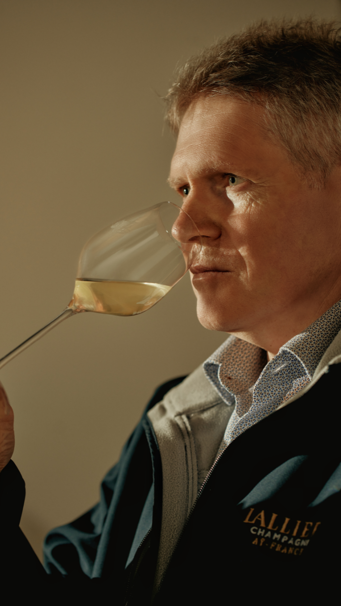Moments in Wine: Champagne
Read on for some of the key moments in celebrated history of champagne.
1662: The beginnings of the Méthode Traditionelle
In December 1662, Christopher Merret, a founding member of the Royal Society, presented a paper called Some Observations concerning the Ordering of Wines. The paper discussed the practice of adding sugar to wines to make them sparkling – part of the practice known today as Méthode Traditionelle.
17th Century: Stronger bottles imported from England
Meanwhile, coal-fired glass factories in England made stronger bottles (the design of which is often attributed to Sir Kenelm Digby) that could better withstand the pressure of deliberately-made sparkling wines. Both innovations would help drive the transition of Champagne from a still to a sparkling wine-producing region towards the end of the 17th century.

1846: A dry, Brut style emerges
High acidity levels in Champagne meant that for much of its history, the wines were very sweet; a dosage of 100 g/L was not uncommon. In 1846, Perrier-Jouët sent drier wines to the British market, which proved popular. The ‘Brut’ category was created for the British market in 1878 and by the 1920s had largely become the default style.

2011: 170 y.o. bottle of Veuve Cliquot sold for £30,000
In 2011 a bottle of 1841 Veuve-Cliquot was sold at auction for €30,000. The bottle was unusual because it had been recovered by divers from a shipwreck off the Åland Islands in the Baltic. Over 160 bottles were recovered in total. In 1997 a team in the same area discovered over 2,000 bottles of Heidsieck & Co on a ship that had been torpedoed by a German submarine in 1916.

